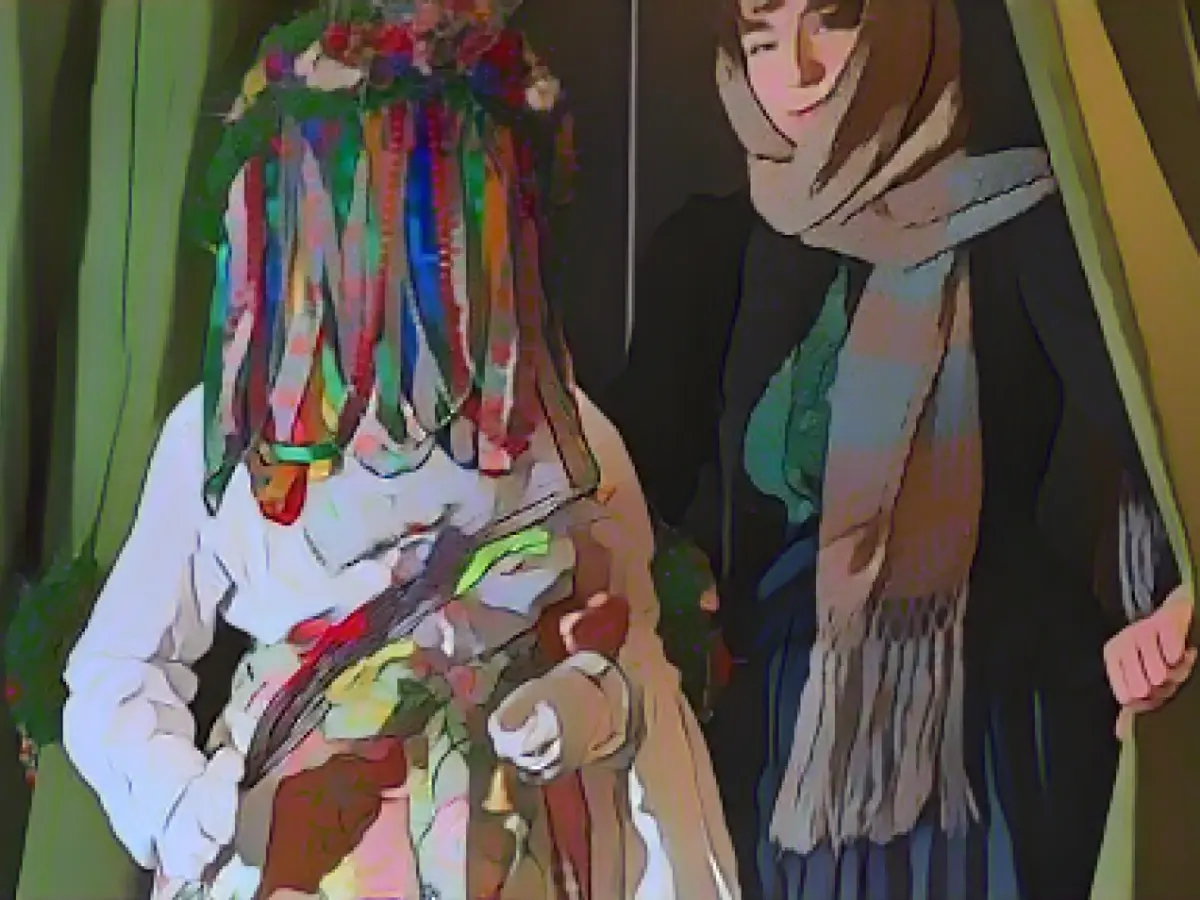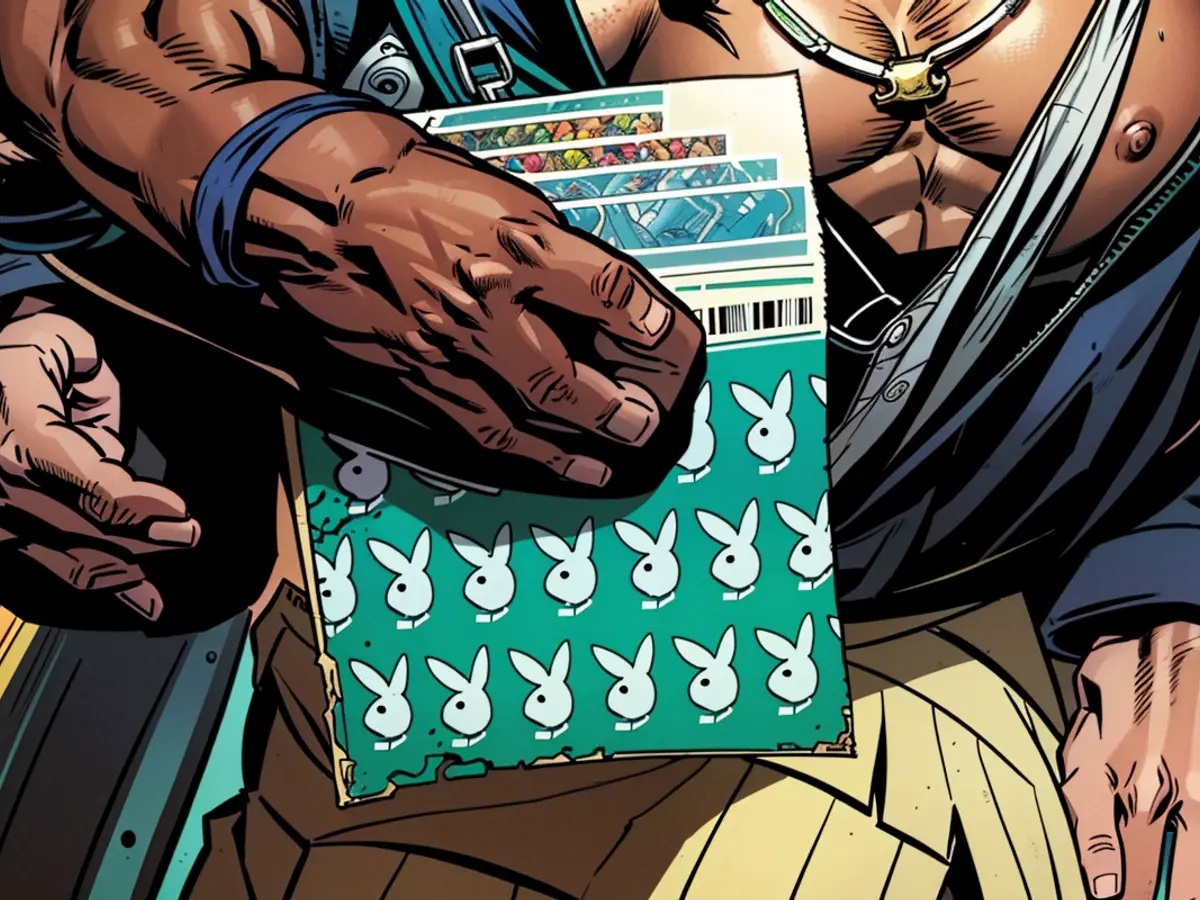Lower Lusatia - Sorbian Christ Child gives blessing: language remains alive
Customs are part of the pre-Christmas season for the Sorbs and Wends in Lusatia. One of them is the Jänschwalder Christkind (Janšojski bog), the Lower Lusatian harbinger of Christmas. He traditionally brings his blessing to the "Stuben". On Wednesday, the Wendish Museum in Cottbus and the Witaj Language Center invited pupils learning Sorbian to take part in the old custom. The language center accompanies Sorbian learners from kindergarten to high school.
The Christ Child, also known as the "Bescherkind" in GDR times, appears as a "divine figure" - veiled with white beaded ribbons, as Madlena Norberg from the museum's support association describes. It is wearing white gloves and boots and a skirt made of embroidered ribbons. The very special feature is the green headdress, which completely covers the face with the ribbons. In his left hand, the Christ Child carries a small bag with gifts - usually apples and nuts.
A little bell is his distinguishing mark as he travels through villages and towns. He touches people's shoulders with a "rod of life", strokes their cheeks and gives them his blessing. "The person touched is blessed and has good luck and health for the whole of the next year," Norberg explains the tradition. The ceremony takes place in silence. This is intended to emphasize the contemplative nature of the pre-Christmas period.
The custom is also practiced in the area around Schleife in Upper Lusatia, Saxony. In six villages in the region around Schleife, for example, where the Christ Child is called "dźěćetko" (child), each village has its own Christ Child with its own traditional costume, according to the museum. According to legend, it was once not allowed to cross the village border or meet another child, as this could mean bad luck.
Interest in Sorbian has not waned, reports Norberg, who also works at the Witaj language center. According to her, a total of 1900 children learn Sorbian as a foreign language or bilingually in groups. Sorbian is taught at 21 schools in Lower Lusatia - lessons are voluntary. The numbers are not declining; parents still want their children to learn the Sorbian language, emphasizes the research assistant.
Read also:
- Will he be convicted as Jutta's murderer after 37 years?
- He also wanted to kill his cousin
- With live stream! Gawkers film dying man
- Is Saarland threatened with economic collapse?
Source: www.stern.de






